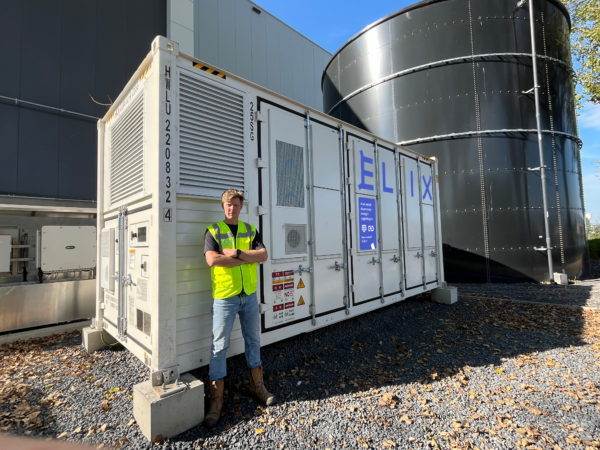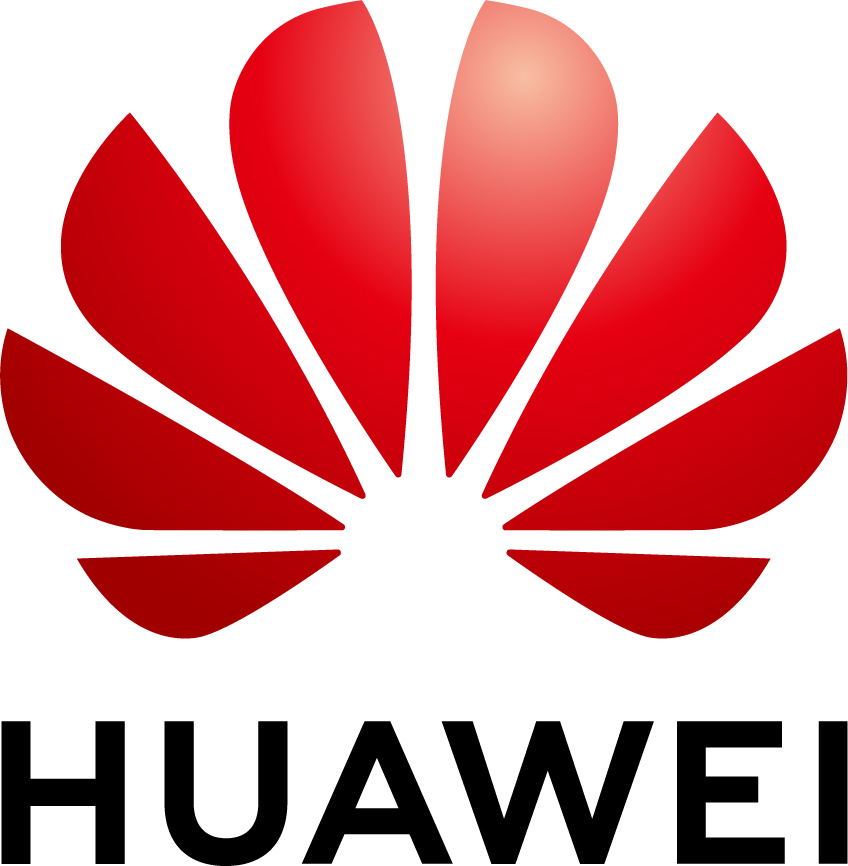What types of PV or solar-plus-storage projects does ELIX focus on?
ELIX is one of the largest EPC companies in the Netherlands, and we’ve been in business since 2016. We started with smaller PV projects, and scaled up to C&I and to utility-scale PV projects. Our biggest project, which will be 30 MWp, is currently in development this year. From the start, we’ve been building with Huawei products.
What we see in general is that the market is transitioning from mono-asset projects to multi-asset projects. So in addition to PV, we’ve also added ESS into our energy solutions for clients, and those are fully based on the Huawei product. We started with 0.2 MWh up to around 20 MWh, which is our biggest project. We are also starting to work on EV projects as well, so we can offer a complete energy solution for our customers.
Additionally, we saw that our clients also needed an energy trading solution, so we are an energy trader as well, and we are registered to buy and sell kilowatt hours on the on the Dutch energy trading markets.
With this transition from providing PV to providing complete energy solutions, we responded by expanding our engineering team. In the last three years, we went from two engineers to, currently, 11 engineers. We understand that when we have the knowledge inside our team, we can come up with a solution for the technical demands of our clients.
Can you talk a bit about the development of your current energy storage projects for the C&I segment?
At ELIX, we start with a full technical design based on the request of the customer and after reviewing their business case. Then we come up with a technical design that meets their energy requirements. We also do a commercial review to figure out the best solution, so we know our customers are spending money in the right manner. Then we come up with a final design and begin the general layout. We take full responsibility to get the necessary approvals from the authorities, including the Dutch Fire Department and the Dutch local government.
For the 6 MW/12 MWh distribution center project in Veghel, our customer wanted an energy system to provide power for the center, and they wanted to use the battery for energy trading. The ESS system has already been ordered, and there will be six containers total. Once the equipment is ready, it will take approximately six weeks for us to build it. Then we have the final commissioning and design acceptance tests of two weeks. So, by the end of 2024, we will have a system running for the customer.
We also have a large C&I project in Dordrecht, where we installed 1 MWh of ESS using 15 of Huawei’s SUN2000-100KTL inverters on top of the roof of a distribution center. This system can provide energy for the company and directly back to the grid, depending on how much the client is using. Whatever surplus the client isn't using gets stored temporarily in the battery.
We are also doing energy trading with this battery system. So when the time is financially beneficial to put energy into the grid, we fully deliver the energy stored in the battery. And when the energy prices are low, we buy energy, we store it in our battery, and then supply the energy to the distribution center or back to the grid at certain times.
Doing this also helps to keep the Dutch grid stable. We have one of the most stable grids in the world, but due to the high PV and wind production, there are times when we have far too much energy, and then that surplus must be pushed somewhere. Batteries are the perfect place to store the excess energy.

Image: Huawei
How do you see the PV-plus-ESS market developing in the Netherlands and how does this affect the growth of electric vehicles?
In 2023, more than 50% of the total electrical energy going into the grid in the Netherlands was from sustainable sources. Because our grids cannot match the high ramp-up and ramp-down rates when supply and demand are out of balance, we have quite a lot of grid congestion issues. So ESS solutions help to keep the energy system in balance, and that’s what’s driving growth of that market in the Netherlands.
The grid congestion issues also affect the growth of the Dutch EV market. Companies with electric trucks, for example, have problems charging their fleets due to grid issues. So DC chargers are sometimes used next to ESS and PV to make sure EVs can still recharge. 2025 and 2026 will be years for scaling up BESS and EV DC charging solutions massively.
On top of that, the grid issues lead to expansion problems for companies. Our customers want to expand, but they cannot, because the grid operator is trying to keep the system in balance and will not provide a new connection or additional capacity for free. That’s where we come in – to cover that lack of capacity by adding an energy solution on top of the already existing grid connection.
Can you talk about your partnership with Huawei and why their products were selected for your projects?
We chose Huawei first of all because they have the best product range. Huawei provides the power electronics that are critical to the system, as well as the battery cells, inverters, and transformer stations. On the EV side, they provide the super-fast DC chargers.
Additionally, Huawei has very reliable, high quality products, along with outstanding support. They have engineers based in the Netherlands, for instance. They have very good product documentation. And in the end, of course, a good price. For ELIX, Huawei is more than the product we get. It’s also the support and the knowledge that helps us come up with a good solution.
This article appeared in the Huawei Corporate Edition 2024. You can access and read the entire edition here.
This content is protected by copyright and may not be reused. If you want to cooperate with us and would like to reuse some of our content, please contact: editors@pv-magazine.com.




By submitting this form you agree to pv magazine using your data for the purposes of publishing your comment.
Your personal data will only be disclosed or otherwise transmitted to third parties for the purposes of spam filtering or if this is necessary for technical maintenance of the website. Any other transfer to third parties will not take place unless this is justified on the basis of applicable data protection regulations or if pv magazine is legally obliged to do so.
You may revoke this consent at any time with effect for the future, in which case your personal data will be deleted immediately. Otherwise, your data will be deleted if pv magazine has processed your request or the purpose of data storage is fulfilled.
Further information on data privacy can be found in our Data Protection Policy.